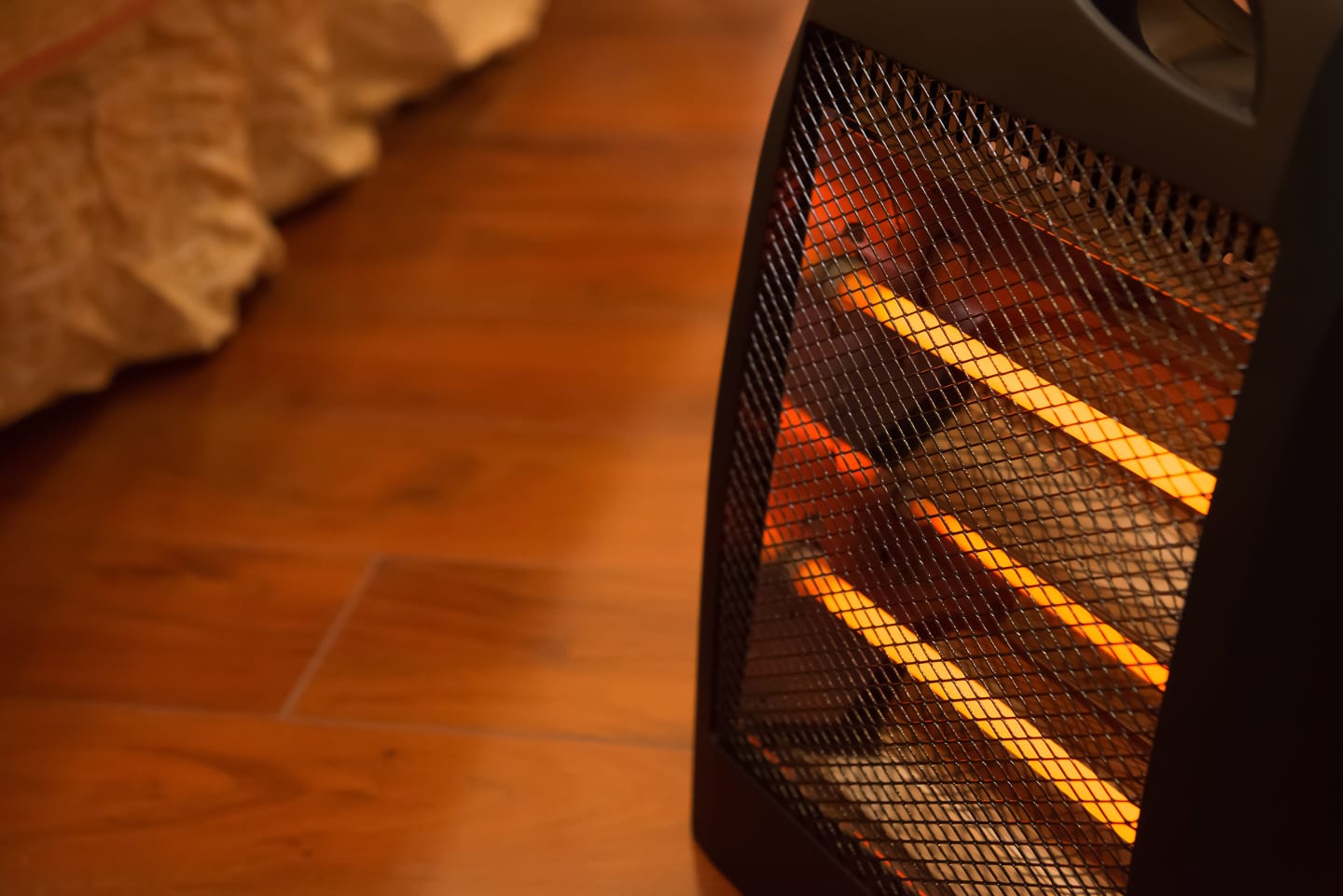Heater energy usage ranges from 5,000 and 30,000 kWh per year for mild/temperate climates. Temperate climates get cold, but looking at the big picture — not extremely.
Space heater energy usage and heater power consumption differ with regards to energy source. ‘Energy usage’ is a broader term that includes electricity, natural gas, fuel oil, among any energy source used for heating. Power consumption refers specifically to a heater’s electricity usage. This article covers the energy consumption of space heaters.
Table Of Contents
Average Heater Energy Usage In The U.K.
Average Heater Energy Usage In Germany.
Average Heater Energy Usage In Denmark.
A Quick Note About Climate Classifications (Köppen Climate Classifications)
Temperate/Mesothermal: Temperate/Mesothermal climates have an average temperature greater than -3 °C (26.6 °F) in their coldest month (although for some, it is greater than 0 °C). In these countries, all months have an average temperature below 22 °C. For ease of remembrance, temperate means ‘not extreme’/cool.

Average Heater Energy Consumption In The United Kingdom (U.K.)
The average house in the U.K. uses approximately 12 MWh (12,037 kWh) per year for heating.
The climate of the United Kingdom is classified as temperate (mesothermal climate, type Cfb), which means that it is not extremely cold. This is because it lies between the polar and tropical latitudes. A geographical sweet spot, if you will. Cool U.K. summers help to compensate for the energy usage of heaters, as air conditioners aren’t frequently needed. If you’re considering travelling to or visiting the U.K., it is appealing to people who are comfortable with cool, cloudy weather.
The coldest month in London, England is January, with an average temperature of 5.9 °C, followed by February with an average temperature of 6 °C.
Average Heater Energy Usage In Germany
The average dwelling in Germany consumes approximately 13.5 MWh (13,572 kWh) of energy per year for heating.
The climate of Germany is classified as temperate/marine (a mesothermal climate defined as Cfb under the Köppen climate classification), so summers aren’t very hot, and winters are a bit cold, although not terribly.
The coldest month in Germany (this data is based on measurements in Berlin) is January with an average temperature of 0.6 °C, but temperatures sometimes fall to -1.9 °C. Following behind it is the second coldest month — February, with an average temperature of 1.4 °C, which can fall to -1.5 °C. It can be assumed that these are the most costly months, energy-wise.
It’s also worth noting that the wettest months are December, followed by January. If you’re interested in travelling to Germany, it is a nation of cool summers, and mild winters, like England.
The average temperature in June is 17.1 °C, July: 19.2 °C, and in August it is 18.9 °C., so there is seldom any need for air conditioning.
Average Heater Energy Usage In Denmark
The average heater energy consumption in Denmark is 15.6 MWh per dwelling (15,677 kWh).
In the case of Copenhagen, Denmark’s climate isn’t blisteringly cold, as average winter temperatures range from 0.5 °C to 2.5°C, with an average of 0.5 °C in February, which is its coldest month. The coldest winter temperature in Copenhagen is -1.9 °C, which is also in February.
Denmark has a temperate climate.
Sources
OVO Energy
Journal Of Hydrology And Earth System Sciences (HESS)
Weatherbase
Yr (Norwegian Meteorological Institute/Norwegian Broadcasting Corporation).




